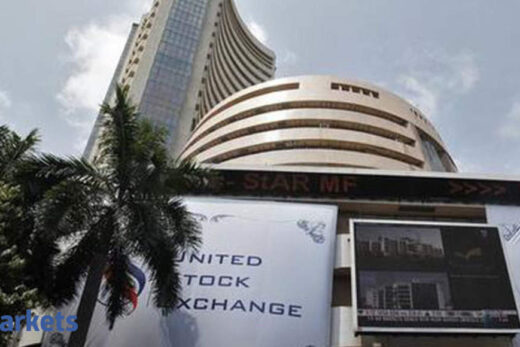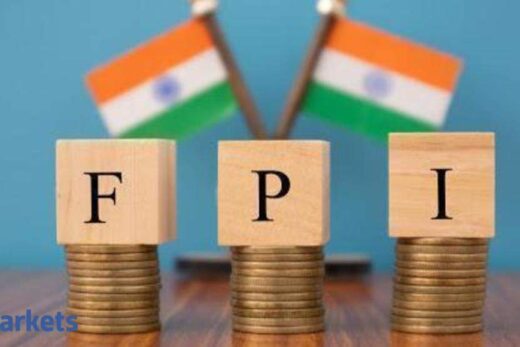Data from stock exchanges across India, South Korea, Taiwan, Indonesia, the Philippines, Thailand, and Vietnam showed that foreigners bought a net $8.53 billion of regional equities last month. For the quarter, inflows totalled $18.57 billion – the highest since December 2020.
Last month, the Swiss National Bank surprised markets with an early rate cut, while the Federal Reserve maintained the outlook of three cuts in 2024, bolstering investor appetite.
Meanwhile, China reported strong factory output and exports for the January-February period, signalling a revival in regional trade.
India stood out, drawing about $4.24 billion in foreign capital, the largest in three months. However, Indian equities received a cumulative foreign inflows of only $1.3 billion in the first quarter of the year, lower than the average $3.08 billion recorded in the first quarters of the past three election years.
“India is the darling of EM markets with its weight in the MSCI global index continuing to increase (only second to China now),” said Alicia Garcia Herrero, chief economist for the Asia Pacific at Natixis. “This situation is likely to continue in April as Narendra Modi is expected to win India’s elections without major issues.” Overseas investors also pumped in about $3.82 billion, $1.61 billion and $505 million, respectively, into South Korean, Taiwanese and Indonesian stocks last month.
“The traction towards AI-related companies continued to play out in March, which paved the way for net foreign inflows to sustain,” said Yeap Jun Rong, market strategist at IG.
Jason Lui, head of APAC equity and derivative strategy at BNP Paribas, pointed to the ongoing memory recovery cycle and new AI-related opportunities following Nvidia’s latest chip launch as key factors driving foreign investment, especially in Korean tech.
Meanwhile, equity markets in Thai, Vietnam and the Philippines witnessed outflows, amounting to $1.15 billion, $452 million and $46 million, respectively.




